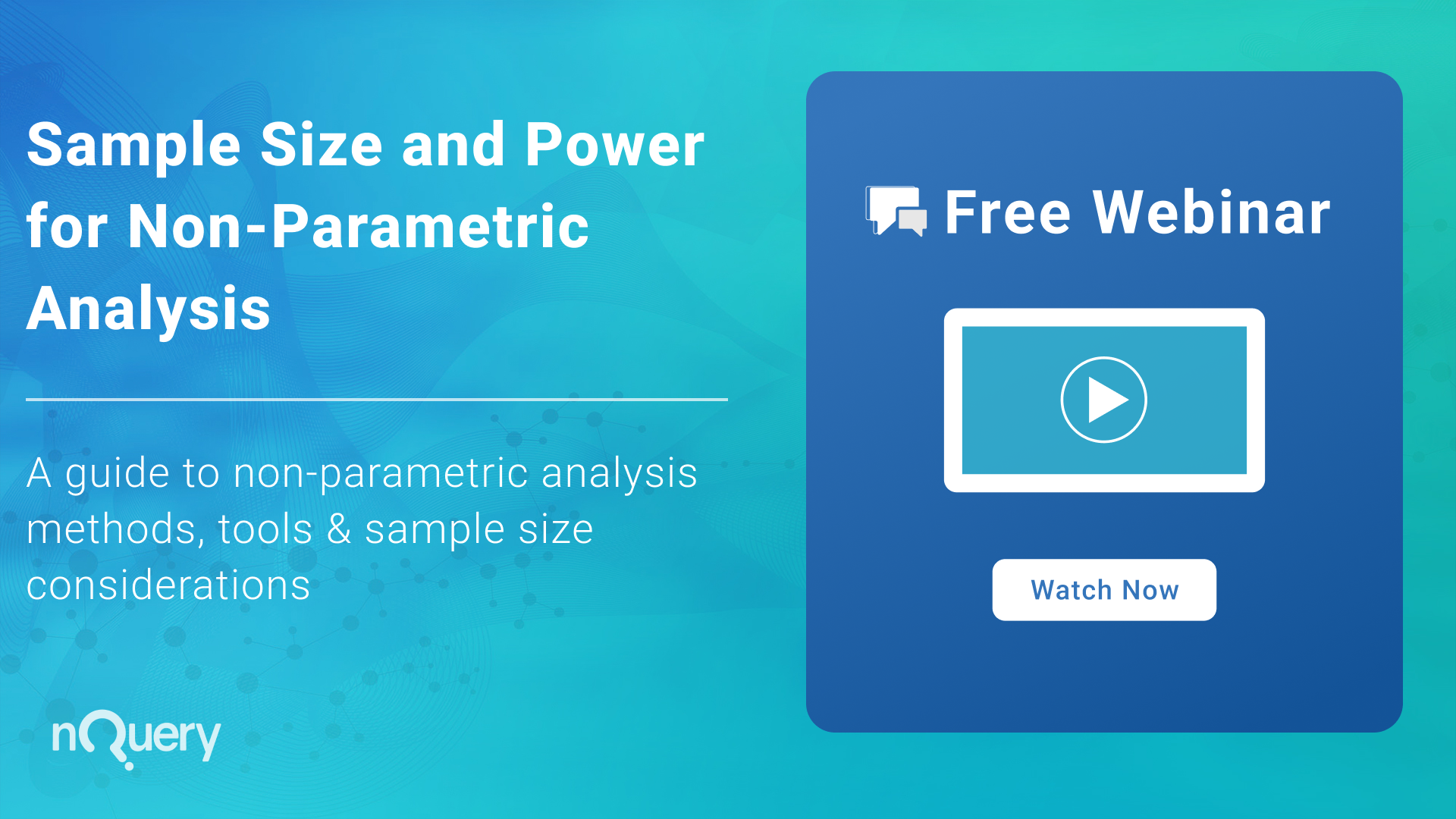About the webinar
For any given study there will be a wide variety of possible sample size methods available and selecting the correct sample size method for their study is one of the most common issues raised by researchers.
Choosing the right sample size method
Rules for what will work for your study
To solve this question, it is useful to have basic rules for selecting between the different tests, assumptions and sample size algorithms that may exist for your study.
From dealing with selecting the best tests for the comparison of proportions to thinking about how to model non-proportional hazards in survival analysis, it is important to ensure your study plan and its sample size justification reflect the realities of your trial to ensure sufficient power.
In this webinar, we:
- Explore some useful heuristics for selecting sample size methods
- Look at some case studies of where researchers have a variety of possible sample size options available for their study

In this free webinar you will learn about:
- Proportions Options
- Flexible Survival Analysis
- Non-proportional Hazards
Play the video below to watch
the complete recording of this webinar
Duration: 75 minutes
Nothing showing? Click here to accept marketing cookies


What are proportions options?
The analysis of proportions is one of the most common endpoints in clinical trials. However, there is a wide variety of parameterisations and statistical tests to choose from. In this webinar, we assess the potential options available and some useful guidance on when given tests may be most appropriate.
What is flexible survival analysis?
Survival analysis is one of the most common statistical areas in oncology. For planning purposes, the primary interest is in predicting the required number of events for the targeted power. In survival analysis, we often also estimate the number of subjects needed to achieve that number of events and can do so while integrating significant flexibility to deal with the intrinsic uncertainty when dealing with the time to event endpoint. In this webinar, we display some of the flexibility available to model survival analysis when calculating the appropriate sample size.
What are non-proportional hazards?
Non-proportional hazards and complex survival curves have become of increasing interest, due to being commonly seen in immunotherapy development. This has led to interest in assessing the robustness of standard methods and alternative methods that better adapt to deviations. In this webinar, we will look at methods proposed for complex survival curves and the weighted log-rank test as a candidate model to deal with a delayed survival effect.
Looking for more resources?






















No Comments Yet
Let us know what you think